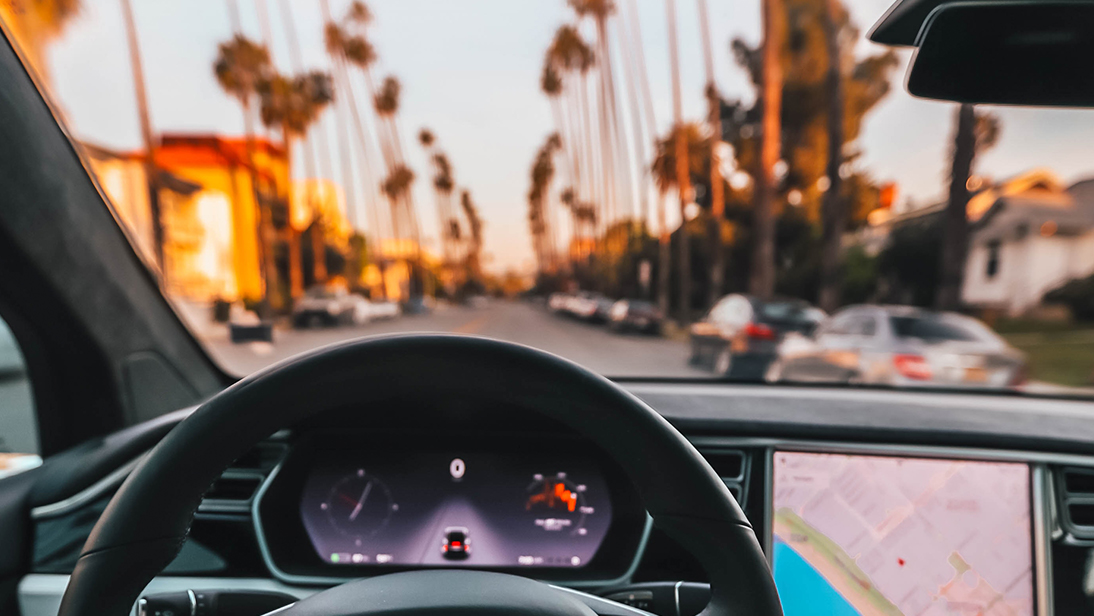Is Australia ready for autonomous vehicles?
Self-driving cars, which are capable of sensing their environment and operating without human involvement, are now within the realm of technological possibility.
Self-driving cars, which are capable of sensing their environment and operating without human involvement, are now within the realm of technological possibility.

Self-driving cars, which are capable of sensing their environment and operating without human involvement, are now within the realm of technological possibility.
Compared to human drivers, self-driving cars are more efficient and less fallible, hence this emerging technology is expected to enhance road capacity and improve road safety.
They are also expected to reduce the fatigue related to traffic, remove the need for car parks, and mitigate congestion and pollution, as well as bring about a significant jump in accessibility.
Nonetheless, this technology will have its challenges. There are several perceived barriers towards mass adoption of driverless cars, including risk of equipment failure, fear of relinquishing control, data privacy issues, and cyber security issues.
More importantly, the technology can potentially induce more trips and increase auto-dependency.
Easing the burden on drivers' shoulders can makes longer commutes more bearable, and encourage households to reside further away from job centres.
It can also encourage auto use, resulting in more vehicle trips, longer vehicle kilometres, higher fuel consumption, more pollution and potentially higher congestion.
It is evident that self-driving vehicles will affect our travel behaviour and our transport needs, and consequently our urban life and city design.
We have witnessed how replacing horsecarts with cars changed our city design and diminished the role of local neighbourhoods in day-to-day life.
However, the role of locality and local neighbourhoods in our wellbeing became obvious after the global pandemic. The pandemic hit us hard, but it also reinforced the significance of sustainable human-centred built environments.
The disruption from autonomous vehicles, and other disruptive technologies, should be tamed to enhance sustainability.
Public transport patronage is at a record low. One reason is the fear of community transmission.
However, considering autonomous vehicles as a potential replacement for public transport and counting it as one of the benefits is short-sighted.
On the contrary, we should utilise driverless cars to support sustainable options.
The challenge is how to integrate autonomous vehicles in our transport systems to better satisfy our travel needs, with no additional negative impact on the environment, and with a shift towards a clean and green world.
Evidence-based policymaking is required to lay the groundwork for introducing autonomous vehicles, and effective communication is required to correctly set the expectations.
Special attention should be given to specific groups such as elderly and people with disabilities.
Like a double-edged sword, self-driving vehicles can work for or against us.
Without proactive regularisation and effective communication to educate the public, the harm can override the benefit.
Dr Milad Ghasri is a UNSW Canberra lecturer, specialising in transport planning.
This article was originally by Australian Community Media.